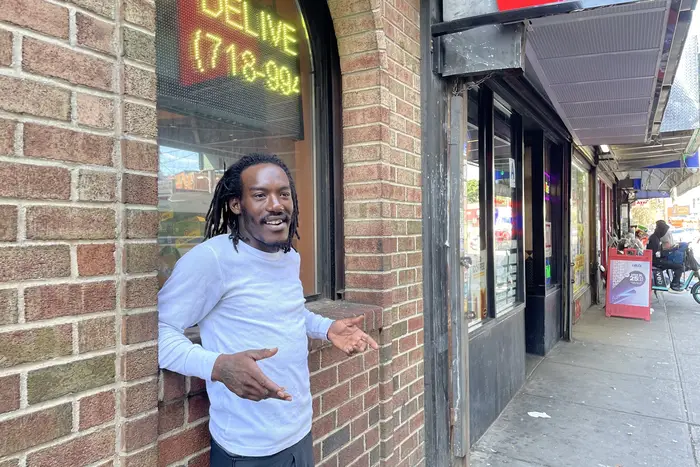As New York City approaches its upcoming mayoral election, a significant shift in public sentiment is emerging among residents in neighborhoods previously loyal to Mayor Eric Adams. Many are now expressing support for Zohran Mamdani, the frontrunner and Democratic nominee, who advocates for reducing police involvement in mental health crises. This change comes despite Adams’ earlier campaign promises focused on enhancing public safety through increased policing.
In areas such as East New York, Coney Island, Rochdale Village, Wakefield, and East Harlem, where Adams secured substantial victories in the 2021 election, local residents are reassessing their views on mental health responses. Polling indicates that while crime remains a primary concern, a growing number of New Yorkers acknowledge the inadequacies of police in addressing mental health emergencies.
Many residents expressed their belief that police are not the most suitable responders for mental health incidents. “Asking social workers to tackle more mental health calls would be a whole lot better,” said Naomi Hall, a Coney Island resident. “You shouldn’t have to shoot someone with mental issues.” This sentiment reflects a broader awareness of mental health challenges, which many consider a pressing crisis in the city.
Mamdani’s proposal emphasizes utilizing trained clinicians to handle mental health emergencies, particularly when the risk of violence is low. His plan calls for the establishment of a new Department of Community Safety to manage responses to mental health and homelessness calls, while maintaining the current budgeted strength of the NYPD at approximately 35,000 officers. The funding for this initiative is projected to come from over $1 billion sourced from existing revenues and new taxes on affluent residents and corporations, pending approval from state lawmakers.
In a campaign video, Mamdani highlighted the need for a shift in how public safety is approached, stating, “Police have a critical role to play, but right now we’re relying on them to deal with the failures of our social safety net, which is preventing them from doing their actual jobs.” He argues that his plan could reduce the reliance on police for situations that do not necessitate law enforcement intervention.
While the city has begun deploying mental health teams for some 911 calls, critics point out that the approach has not been tested on a larger scale. Bronx resident Tanasia Brown voiced her concerns, stating, “Adding more NYPD officers probably won’t really solve anything.” She emphasized the need for professionals trained to handle mental health crises rather than law enforcement personnel.
Mamdani’s proposal has garnered support from various community members, even those who may not vote for him. In interviews, many expressed a desire for mental health professionals to play a more significant role in public safety responses. “It’s just a whole different aspect of something, a change, something different,” said Abzal Amate, a Rochdale Village resident.
Despite the growing enthusiasm for Mamdani’s approach, public safety and mental health experts caution that the plan is ambitious and might face challenges in implementation. Jeff Coots, a professor at John Jay College of Criminal Justice, noted that adequate staffing could be a hurdle, given the current shortage of public mental health workers. He emphasized the importance of investing in mental health services to signal to residents that city leaders are prioritizing these issues.
Concerns about the current staffing crisis within the NYPD were echoed by Patrick Hendry, president of the Police Benevolent Association union. He stated that reallocating mental health calls would not significantly alleviate officers’ workloads, as these calls represent a small fraction of all 911 requests. “Right now, the NYPD does not have the staffing to provide adequate patrol coverage in many precincts,” he said.
As the election approaches, the diverging plans of candidates are becoming clearer. While Mamdani seeks to reform public safety approaches, both former Governor Andrew Cuomo and Republican nominee Curtis Sliwa are advocating for increasing police numbers, with proposals to hire an additional 5,000 and 7,000 officers, respectively.
Mamdani’s strategy stands apart, focusing on evidence-based practices from other states, such as Oregon and Colorado, that have shown promise in addressing mental health crises more effectively. He aims to revitalize the city’s mental health services while expanding initiatives like the B-HEARD pilot program, which sends mental health professionals to certain emergency calls.
While support for Mamdani’s approach is evident, some skepticism remains regarding its feasibility and potential effectiveness. As New Yorkers continue to voice their opinions on public safety and mental health, it is clear that the upcoming election will be pivotal in shaping the city’s future response strategies.
